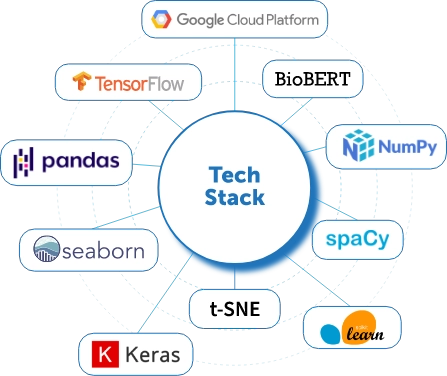Back to Success Stories
Health & Wellness
Drug Discovery
A US based biotech company aims to increase the quality of life for patients with degenerative diseases by treating and extending their healthspan. Their research focuses on discovering therapeutic proteins that help cells live longer and regenerate.
TALK TO AN AI EXPERT

